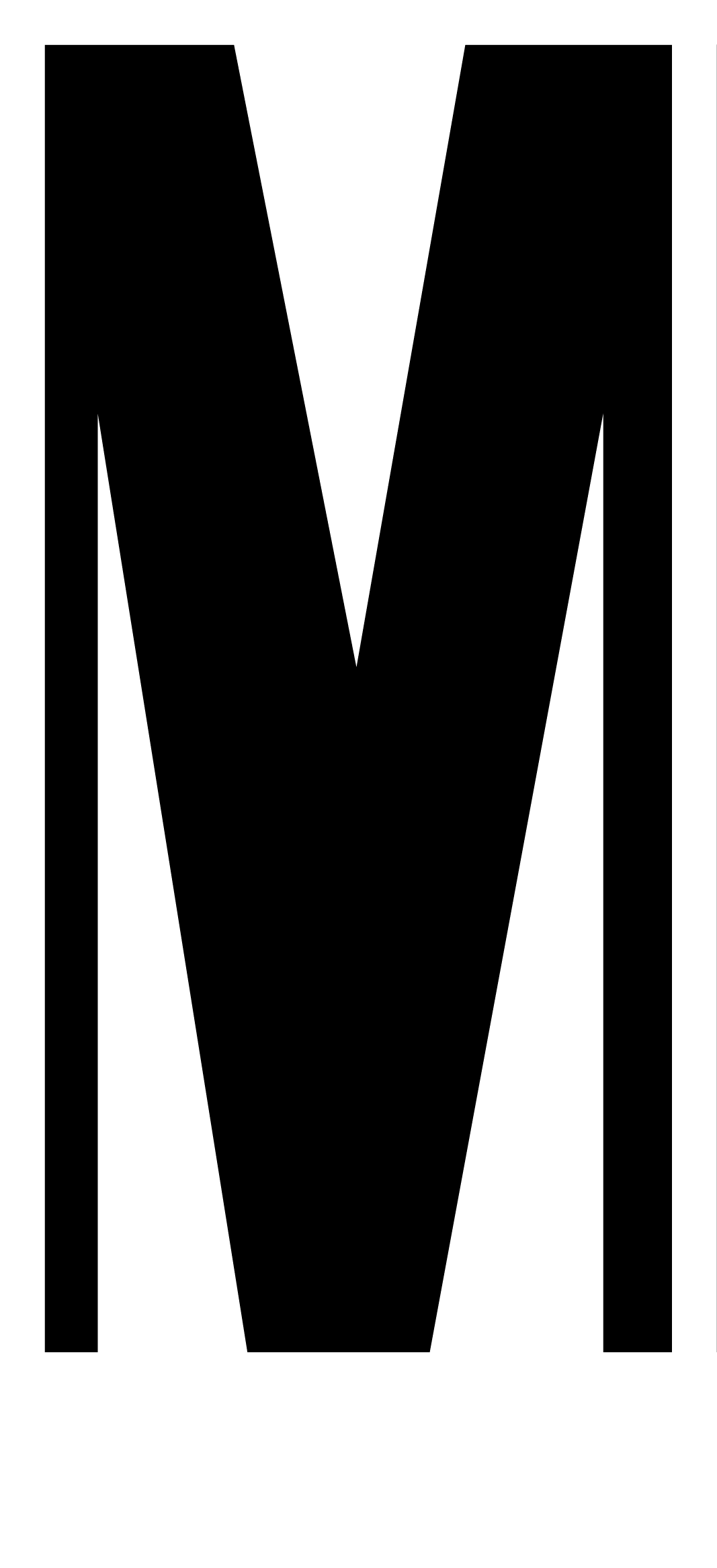Ways of Seeing #3: On Possession
[0’55’’] “We look, we buy. And we collect valuable objects. But the most valuable object of all has become the oil painting”
Oil painting (in Western art history0 is about ‘things, objects & valuable treasures. The physical textured tangibility of things.
[1’56’’] If you buy painting you also buy the look of the thing it represents..
Art galleries are as palaces, but they are also like banks. The value of painting has become mysterious: they are sacred and handled as if they are religious (above life itself). Of a sublime human experience.
But [6’20’’] “painting, before anything else, they are unique objects which can be bought and owned.”
[10’04’’] Painting by Holbein: symbols of science, navigation, diplomacy and power. But they have been seen/painted through wealth, objects, mosaics etc.
The European oil painting glorified not a static order of things, but the ability to buy and to furnish and to own.
[23’30’’] Where the painting of object (=wealth=property=ownership&pride) turns into a greater significance and meaning (± poetry, imagination, philosophy, contemplation).
The purpose and significance of the general tradition [of oil painting] [is not that of the exceptional work of Vermeer or Rembrandt] is to show wealth and importance and pride and a ‘I—am—better—than—…”-attitude through the tangibility of property and ownership.












.png)





